Airport fitness and wellness trends 2018 have landed at Vane Airport Magazine! And we’re so excited to share them with you. Recently, airports have begun caring more and more about the well-being of their passengers. Finally!
We believe that airport wellness, at its core, is good emotional well-being. We are continually looking for feel-good emotional activities and services to help make our travel day less stressful. After all, who wants to feel stressed and unhealthy?
We saw improvements in wellness at airports in 2017—from healthy food options and spa services to healthy airport activities, airport therapy dog programs, golf putting, and so much more.
Our emotional well-being is at stake. We want services and amenities that combat the unnecessary stress of travel. That’s what we are advocating for!
We’ve tracked down the latest trends in an airport and in-flight wellness! After all, it’s our passion. The future is bright, and we want to share our airport fitness and wellness trends in 2018. They are a start to keep us smiling on-the-fly.
Airport Fitness and Wellness Trends 2018 That You Need to Know About

1. Wellness at airports will continue to fly high.
Self-care matters, big time. And the airport is no exception! Many airports experiment with activities and services to make your experience a more relaxing one.
Last year, we saw that Denver International Airport turned a former storage room into something very different. It was transformed into a yoga room—with goats! Seriously. It was hysterical and such a great way to spend a layover.
Also, in June of last year travelers at Baltimore-Washington International Airport (BWI) and Pittsburgh International Airport (PIT) had the chance to experience Fit2Fly—where instructors lead-free yoga sessions in the terminals throughout the day!
Experiences, not things, make us happy. We’re delighted to see some airports are investing in satisfying the well-being of passengers.
Photo by Kristina Flour on Unsplash
2. Airports will unplug from the usual noise.
Less noise can create a calm, relaxed ambiance. Let’s face it, those constant announcements are disruptive and headache provoking! Also, they’re pretty annoying.
Silent airport policies aren’t new. For instance, London City Airport operates a silent airport policy. Announcements are only made in the case of emergency or during severe weather. Similarly, at Helsinki Airport, overhead announcements will now only be made in gate areas, and Barcelona El Prat has a Silent Airport policy too, with a reduced number of announcements being made. There are no boarding or last calls announcements—except for emergencies.
RECOMMENDED: 5 Tips on How to Self Care in the Air
Further, only in unique circumstances is name paging done in Hong Kong International Airport. No final call announcements are made. How nice is that?
Last year, Chennai Airport also went “silent.” As of last May, airlines were not allowed to make announcements—including boarding calls at the domestic terminal to reduce noise pollution in the airport.
This past November, O.R. Tambo International airport no longer will announce domestic flights, and “all microphones at the Domestic Departures Terminal and gates will be switched off.”
Additionally, Changi Airport, Singapore, terminals are all going to be much quieter places come 2018. From the first of January this year, there will no longer be final call announcements for passengers to head to their boarding gates. Also, airlines will stop paging for specific passengers.
Changi Airport Group (CAG) spokesman Ivan Tan told The Straits Times that this initiative would ensure a quiet and relaxed ambiance in busier airport terminals. As a result, passengers can focus on important announcements made.
“With more flights and passengers, maintaining the present frequency of announcements will mean noisier terminals and more interruptions in time to come. One concern is that passengers may pay less attention to the announcements made over the public address system, crowding out the more critical announcements.”
We predict that more international airports will adopt a “silent airport” policy to improve airport ambiance. Additional new advances in technology are allowing airports to more easily adopt the practice.
Who wouldn’t prefer to receive a text notification when it’s time to board?

3. There will be more favorable vibes and fewer rough layovers.
Airport therapy dogs have been surging in popularity over the past few years. And it doesn’t show signs of slowing down! In fact, in 2017, we saw a significant increase in both U.S. and Canadian Airports.
Some new programs that launched in the U.S. in 2017 are at Phoenix Sky Harbor International Airport, Asheville Regional Airport, Punta Gorda Airport, Hollywood Burbank Airport (a new program called Traveler’s Tails), Rochester International Airport, Bradley International Airport, and Northwest Arkansas Regional Airport.
Check out our U.S. Airport Therapy Dogs Infographic that lists 47 airports with a program. Also, if you’re flying to Canada, check out our Canadian post listing all programs in 2017 that made layovers less ruff!

4. Airport spas in 2018 will be on the rise.
Airport spas continue to expand their offering beyond the basic back rub. We have seen spas now offering so many different services—fresh juices at Be Relax, cryotherapy services at XpresSpa and much more.
Airports Spas are split into two general types—those within the airport terminal and those within airline lounges/clubs.
Delta Airlines opened its first spa, under the Asanda Spa Lounge brand, in the Seattle-Tacoma International Airport in late 2016, and they also have a spa at Kennedy Airport. A special feature that they offer is a guided meditation by Deepak Chopra Dream Weaver—a light-and-sound service. A new Asanda Spa is set to open at Hartsfield-Jackson Atlanta International Airport in 2018.
RECOMMENDED: Exotic Airport Animals: It’s a Zoo Out There, and They’re Wild
Also, Spa Here is opening its first location in Terminal C at Dallas-Fort Worth International Airport in the first quarter of 2018. The 1,000 square foot spa will offer treatments to travelers in a quiet and private setting.
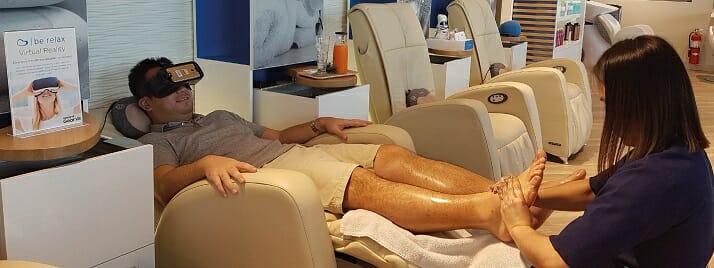
Be Relax Spa has a new spa launching in Dubai’s DXB Concourse A in early 2018. They will mainly be offering shower facilities. Last year they also used V.R. technology as part of their services.
Alexandre Antuszewicz, Head of Marketing & Sales – Partner says, “We are convinced that VR combined with massage is an amazing wellness experience, not a gadget.”
XpresSpa, opened a second location at Miami International Airport last year. (It’s located in the South Terminal in the connector between Concourse H and Concourse J.) And they also opened their second spa at Dubai International Airport, Terminal 3.
Furthermore, they will be opening two new locations at Austin-Bergstrom International Airport—the only spa locations in the airport.
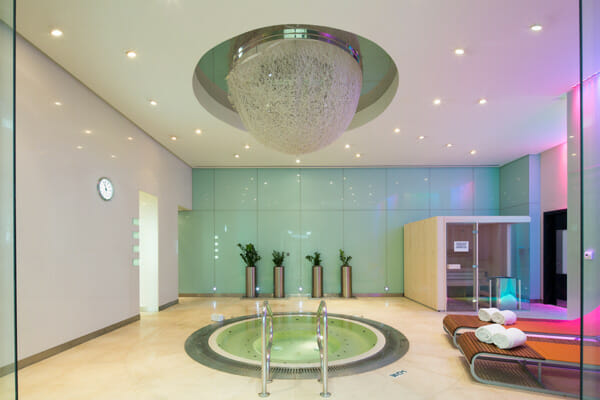
Dubai Airport’s Concourse A unveiled a new wellness facility last year as well. The well-equipped G-Force Health Club (pictured above) by Dubai International Hotel introduced its third location at Dubai International Airport.
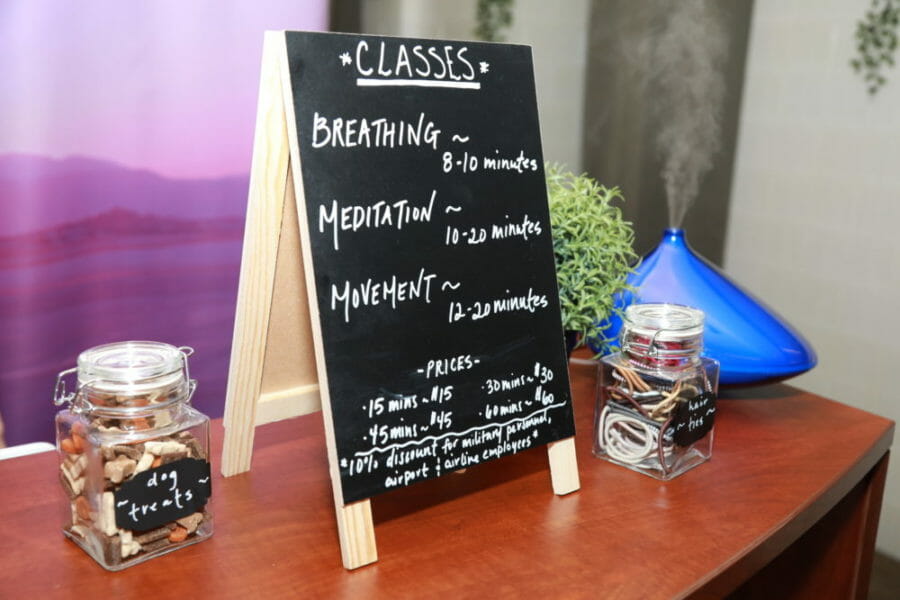
5. Airport fitness and yoga will be more accessible.
Last November, Yoga on The Fly opened at Denver International Airport in Concourse A. Travelers can rent private rooms that offer guided meditation and yoga on iPAds. We love the privacy, the peaceful ambiance, and the wellness goodies you can buy!
Also, this year Roam Gym at BWI Airport plans to open three more domestic locations at major airport hubs.
Ty Manegold, Founder of Roam Fitness, told us they have “seen a rise in use, demand, and engagement from passengers and airport/airline flight crews.”
Furthermore, Roam plans to add personal training for both scheduled classes and drop-in rates.
“We are looking to expand into healthy food beyond room temp bars, protein powders, and refrigerated juices,” says Manegold. “[We are] currently working with a co-packer to deliver fitness minded complete meals with options for meat, veggie/vegan, kosher, lunch + breakfast style.”

The world’s first instructor-led fitness & wellness studio FlyFit will be opening up at Heathrow soon too! It will be located behind airport security and is the brainchild of passionately driven co-founders Brian and Lauren.
They are both frequent business travelers and competitive athletes. We love the variety of fitness and wellness options and are excited to check it out!
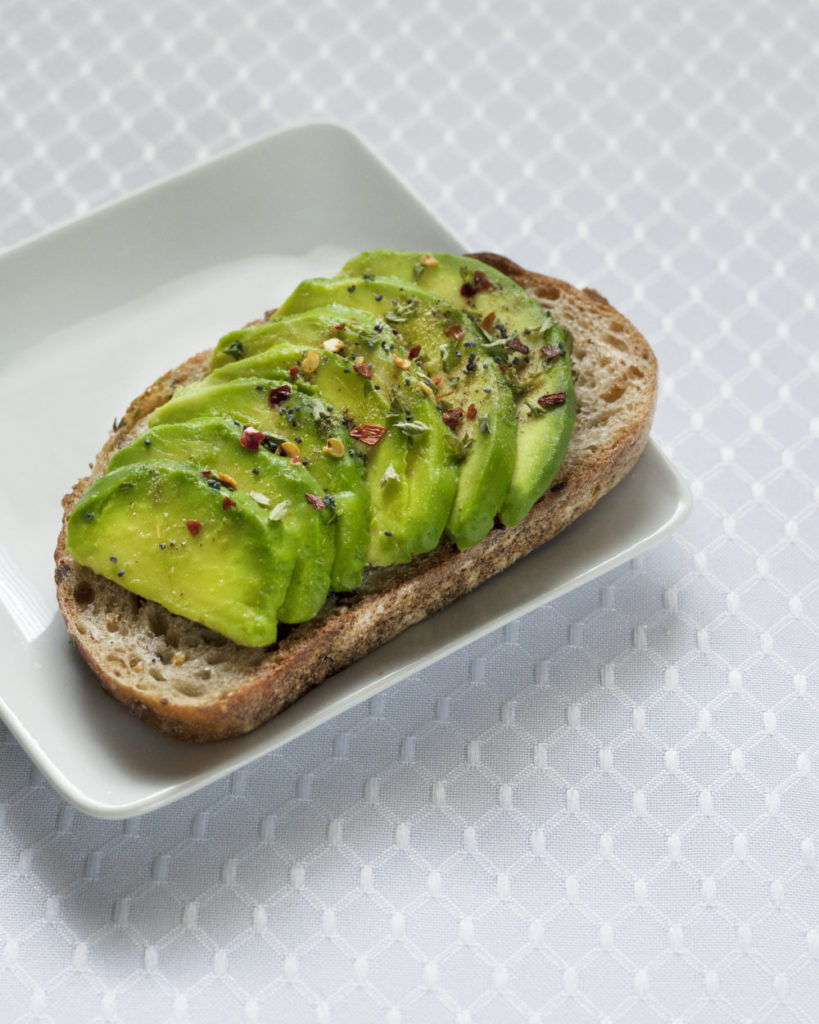
6. Avocado toast and fresh juice at the airport soon will be the norm.
Until recently, finding healthy food at an airport was a daunting task. In the past year, we’ve seen airports embrace healthy eating options—starting a ripple effect and bringing better food to terminals.
There is a whole group of governing bodies that care about healthy airport food. For example, dietitians with the nonprofit Physicians Committee provide a healthy eating guide to help travelers.

Last year we attended The Moodie Davitt Airport FAB Awards—which are arguably the best food and beverage awards in the airport industry. They have a focus on the best things that airports have to offer. We think that a lot of health and wellness trends, regarding airport food, can come from checking out their previous winners!
Moreover, many airport websites have dedicated pages for vegan and healthy food options in their airports. For example, Heathrow has a dedicated page that lays out a variety of unique dietary options. Also, DFW Airport has a page, called Healthy Starts Here, where passengers can check out healthy food options in advance.
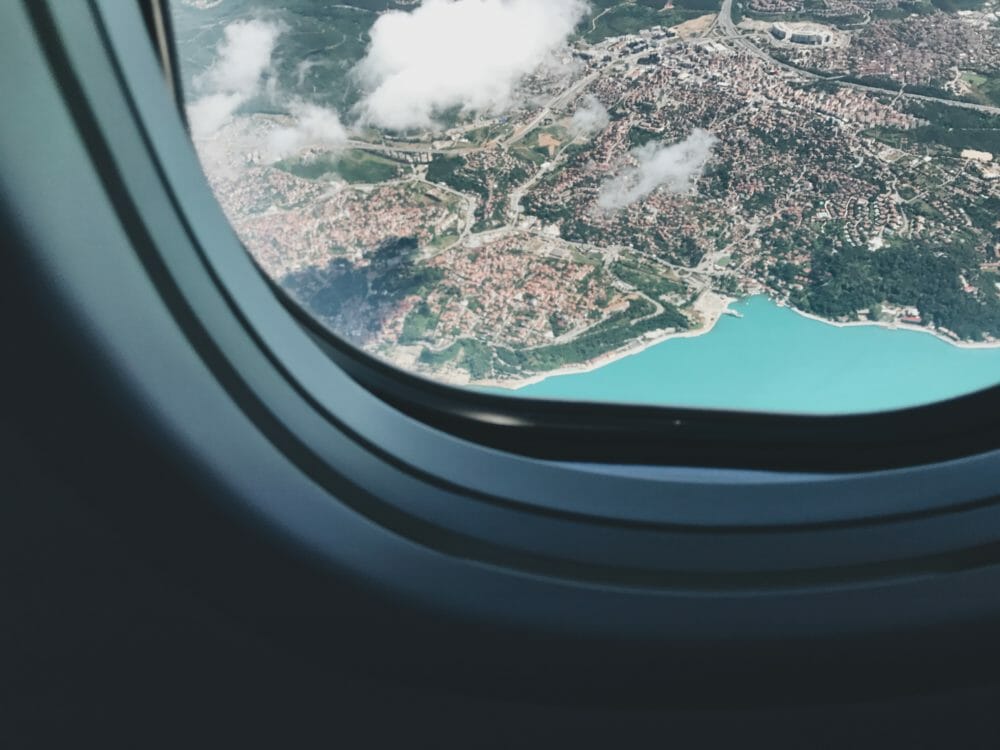
7. In-flight wellness will take off in a major way.
We all know the effects that flying has on us. From bad food to dehydrated skin, it can be pretty awful. However, airlines are working to create a better and healthier in-flight experience for us. After everything that we’ve endured on flights, we couldn’t be happier!
In-flight wellness seems to be available to those with elite status already. They have access to showers, huge seats (that look like beds), and more. But what about the rest of us?
Also, in-flight exercising: Can it ever happen? Soon, you could have a gym at 35,000 feet! Last year, passengers at San Jose’s airport in California got a first glimpse of what in-flight exercise could be in the future. It features bikes, yoga mats, and weight lifting equipment. Seriously, we love the idea!
RECOMMENDED: 10 Ways to Get Healthy at Vancouver International Airport
C.N. Traveler reported that Lufthansa is using technology to offer passengers a better in-flight experience. For instance, the airline has tested a smart sleeping mask that monitors travelers’ brain waves to wake them up at the best times to avoid jet lag as they travel between time zones.
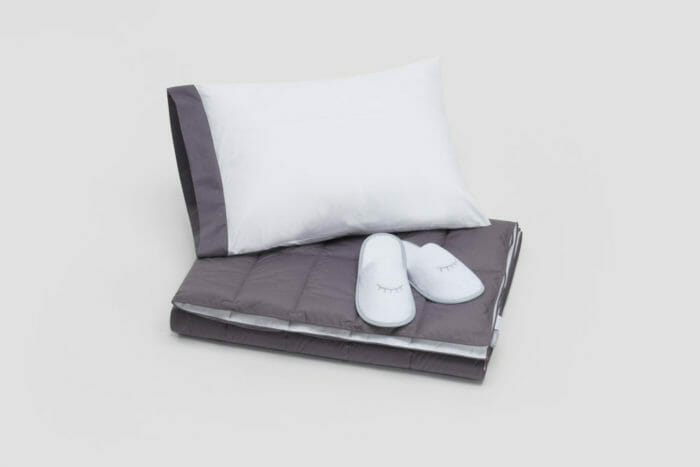
Casper, the New York City-based mattress company famous for using compression technology to deliver mattresses in boxes, is teaming up with American Airlines to offer new in-flight sleeping products. According to Casper’s website, it’s “reimagining sleep at 30,000 feet.”
A group of long-haul Qantas customers, including Frequent Flyers, will take part in an in-flight trial as part of a world-first collaboration on health and wellness in the air between the airline and the University of Sydney.
Gate Gourmet, in partnership with Branding Aero, “uses biometric technology to measure passengers’ feeling and engagement towards their menu and meal design.”
Photo by Vladislav Muslakov on Unsplash
8. More napping suites will become available.
Sleep deprivation is a reality of travel. Rest at airports is urgently needing improvement. Thankfully, there is a rise in services to help you relax (and sleep). When we’re sleep-deprived and in an unfamiliar place, like an airport, it’s easy to reach for comfort foods like muffins or a slice of pizza. Or frown for a prolonged period, too.
For the majority of us, the very definition of health and wellness is having the energy to live an active life.
Sleeping is becoming a big priority and a huge market. Across the board, wellness experts predict that getting more rest and tracking our sleep behavior will be of the utmost importance in the health scene this year.
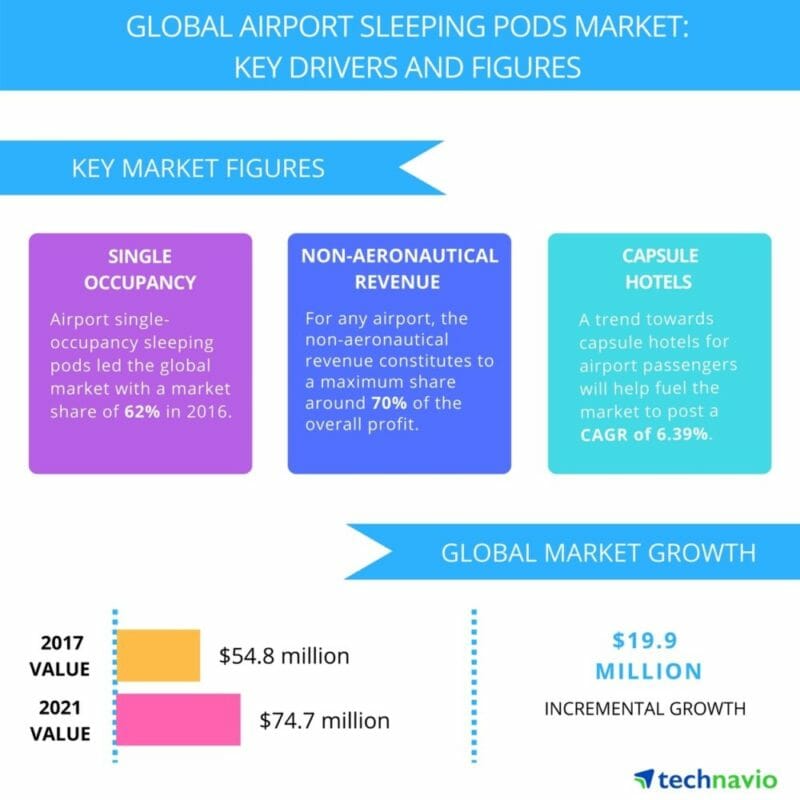
There has been a rise is napping suites. For example, izZzleep opened a sleep capsule warren in Mexico City Airport last summer, with rates from $8 per hour to $34 per night.
In 2015, NapCity Americas acquired the U.S. rights to Napcabs, a German-based sleep pod company that operates at Munich airport.
Stephen Rosenfeld, of NapCity Americas, told us:
“With long lines at security checkpoints, hours of layover times, constant weather delays, computer glitches and many other reasons, people are spending more time than ever within airport terminals. NapCity brings luxury space to passengers who want privacy and peace of mind or just to get away from the chaos of the airport environment.”
They currently have leases to open in 2 major North American airports and are waiting to hear about a 3rd for this year.
The goal: By bettering the quality and duration of our sleep, we can improve our health and mood—even at airports!

9. Green spaces will become an integral part of airport design.
Airport wellness architecture is reshaping airports, providing spaces that are not only structurally beautiful but also comfortable, functional, and sustainable.
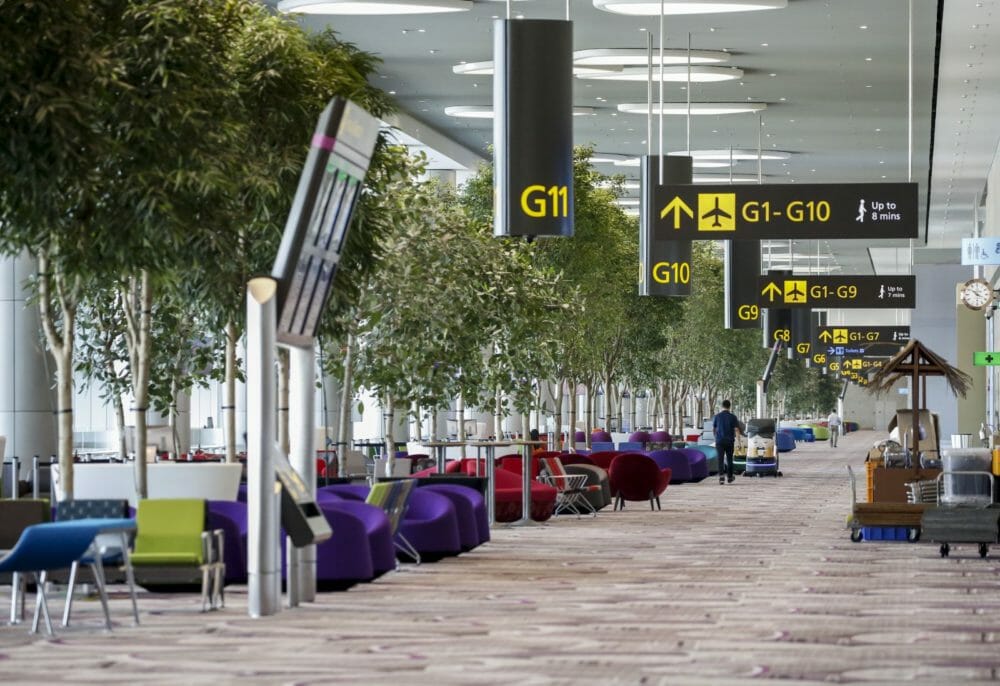
Last year, Changi Airport, Singapore, won the Skytrax Award 2017, opened a new terminal infused with plants & shrubs. For example, www.qz.com reported that “the terminal’s departure level has fig trees and other trees from neighboring countries to create a sustainable green space.”
In the latest renderings of LaGuardia’s new airport design, we noticed—and loved—the vast green spaces! Green areas enhance our mood and are known to calm our sensory experience.
Follow #airportgardens to get some green at the airport and to help pass the time or de-stress.

10. Bringing your food and water bottle to the airport is the new cool.
It’s true; airport food is expensive. And it sucks. Despite the trend that airports are offering more healthy food, some travelers just say no to airport food altogether. The same goes for in-flight food. Which can be worse in our opinion.
Food is an essential manifestation of self because we have to eat.
We have seen more travelers sharing their home prepared in-flight snacks and meals on social media lately. From describing the best snacks to carry on and how to make it to what rests well in your tummy during flight—bringing your food can be the ultimate act of self-care. After getting over our ingrained fear of our food being confiscated!
We actually can bring our food to the airport and onboard. So, we can expect to see more airport food rebels sharing their travel wellness recommendations.
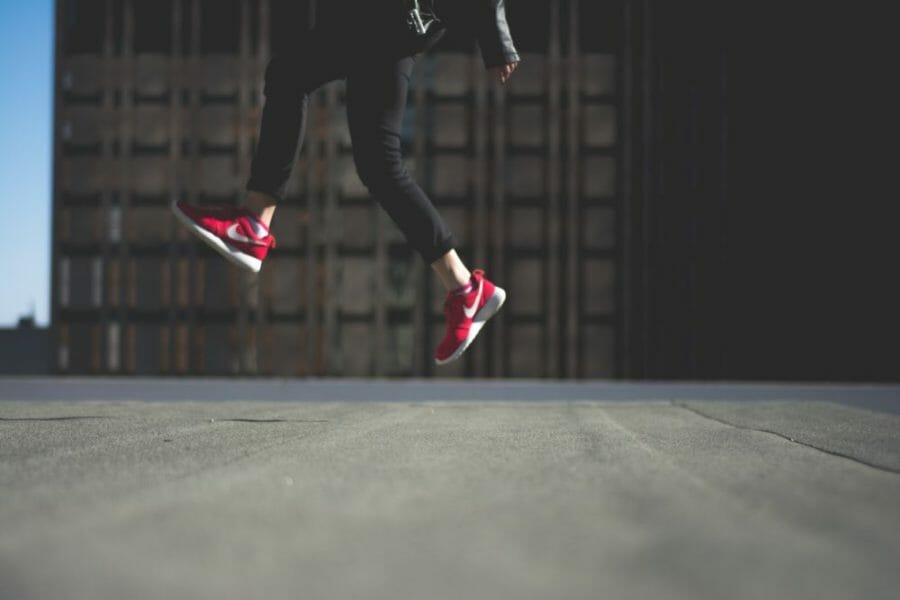
11. More travel wellness gurus will share their tips & tricks.
“Wellness Airport Warriors” are a thing of the future. And we couldn’t be happier to be an advocate for them! After all, what do we love most at Vane? Healthy travels!
“Road Warrior” is a person who travels, often as part of their job, and does work at the same time. Even these pros can find staying fit and healthy a challenge on-the-fly.
Globe-trotting ” Wellness Airport Warriors” are sharing healthy airport eating tips, fitness airport on the fly workouts, and meditations to calm down at noisy airports —while racking up those frequent flyer miles.
Many are spreading the essence of airport wellness to those who need it. Progressive health and wellness travelers are increasingly influential in redefining airport culture.
Progressive airport wellness consumers are paving the way, sharing their enthusiasm and knowledge with mainstream consumers who are hungry for healthy guidance and direction at airports.
If you want to get some healthy travel tips, make sure to follow some of our favorite 2018 Aiport Wellness Warriors to Watch. They teach and inspire healthy lifestyle options while traveling.
In conclusion, these are just some of the airport fitness and wellness trends in 2018 that we think will be huge this year.
Airport wellness is expanding its offering beyond just one focus—like spas, gyms, or yoga. Roam is expanding its offering with healthy food, Be Relax offering fresh juice and showers, and Xpress Spa offering more wellness services.
Visionary airports will come to understand the airport wellness consumer so they can authentically speak to mainstream consumer aspirations.
Airport wellness will have a positive global impact on millions of travelers. The airport wellness momentum is exciting. The toll on our lives is a critical challenge that we feel everyone should be invested in, even at airports.
Be sure to stay tuned as we look into them further and let you know about new ones that we think will help you glow!
How do you stay healthy when you travel? Share your secrets with us on social media at @vaneairportmag!
